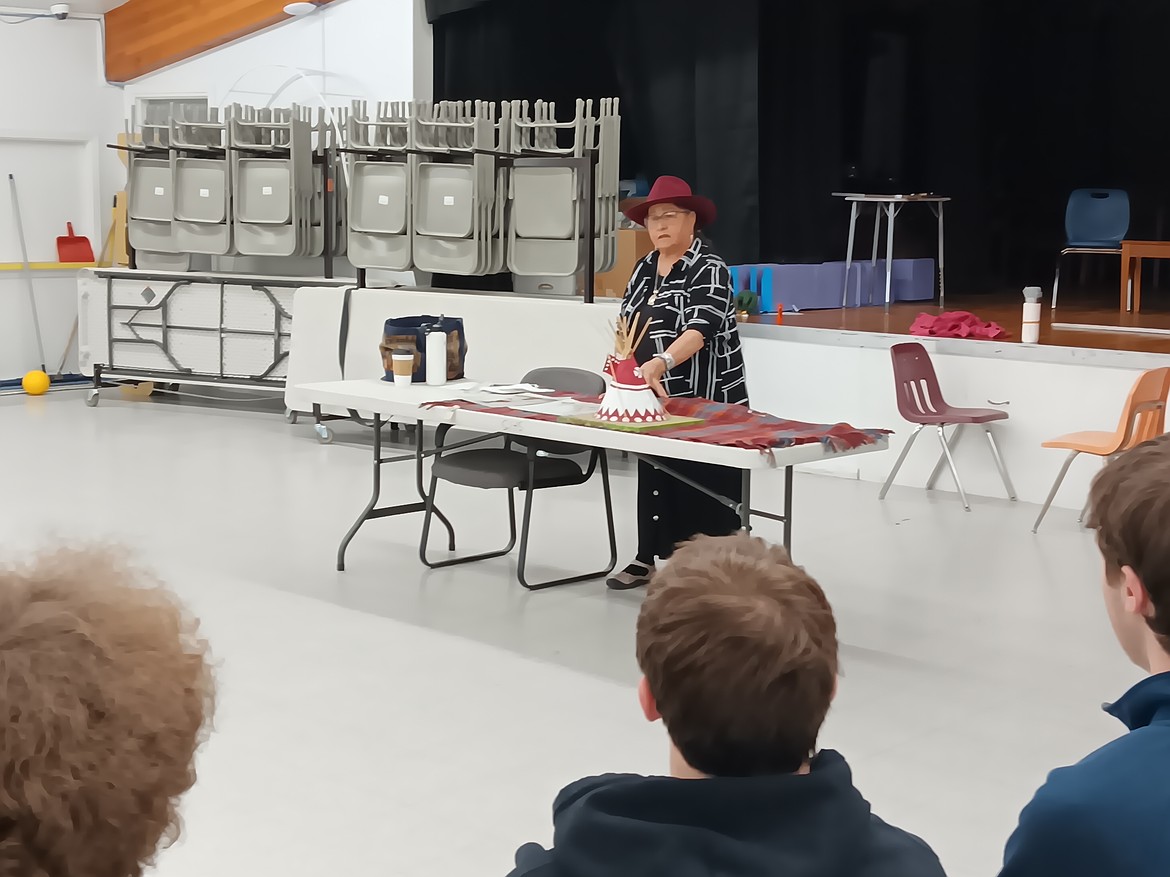Native American Culture Day held at Superior Schools
Superior history teachers Chris Clairmont and Vicky Nytes attended the Montana History Conference last September, where they learned about the Traveling Medicine Show, a program from the Glacier Art Museum.
The initiative brings members of the Blackfeet Tribe into schools to share presentations on their culture and history. Inspired by what they heard, Clairmont and Nytes arranged for the program to visit Superior School, featuring presentations by “Smokey” and Darnell Rides At The Door, Steph Gillin; a wildlife biologist from the Flathead Reservation, and Chris La Tray, the current Poet Laureate of Montana.
“We listened to La Tray speak, and he really inspired this whole day,” said Clairmont, a member of the Confederated Salish and Kootenai Tribes who grew up in Ronan. “He just released his third book, "Becoming Little Shell," and everything he spoke about hit home for me. It was like learning to be Native again.”
Become a Subscriber!
You have read all of your free articles this month. Select a plan below to start your subscription today.
Already a subscriber? Login





